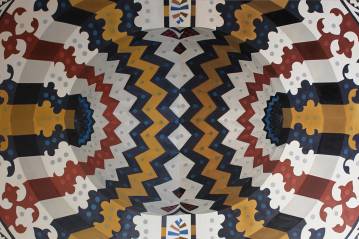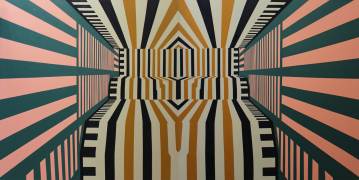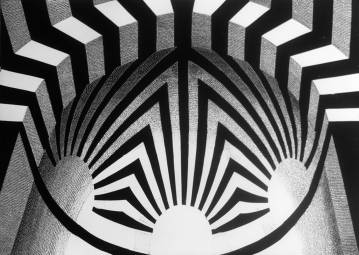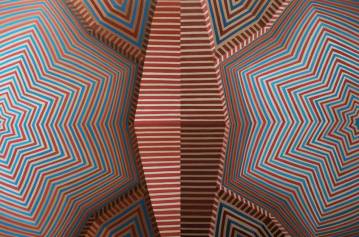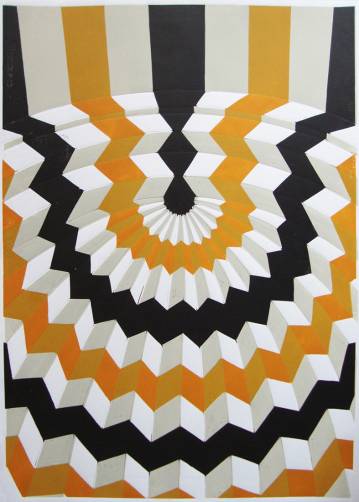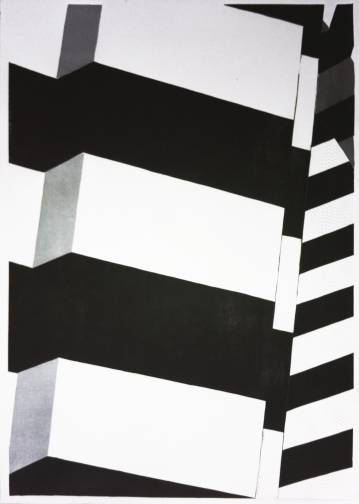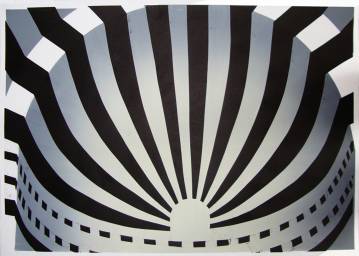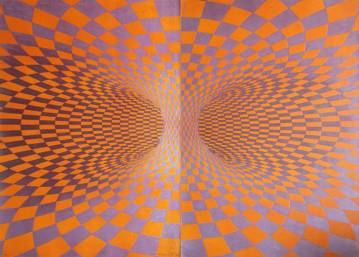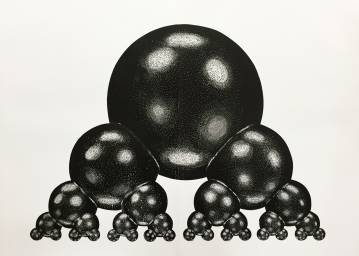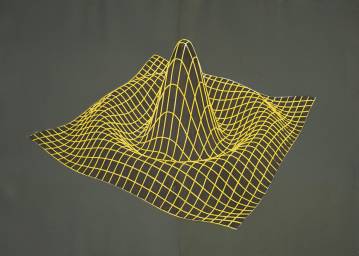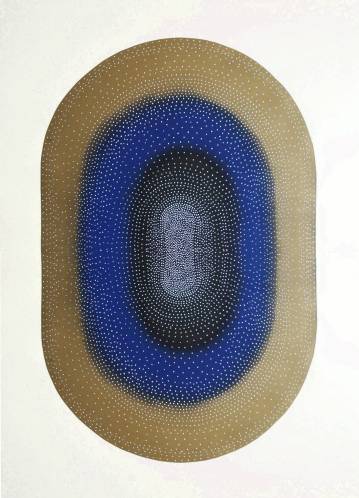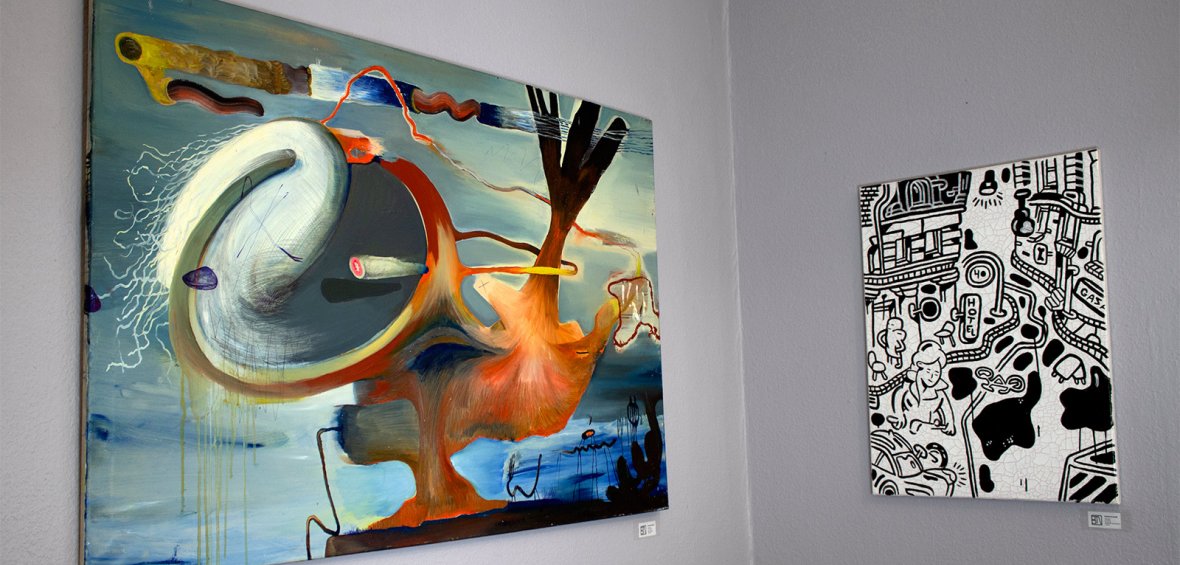Marta Banaszak
Marta Banaszak works in printmaking (especially the linocut technique) and painting on canvas.
In 2016 she earned the Doctorate Degree in the Faculty of Graphic Arts of the Academy of Fine Arts in Warsaw, Poland. Three prints from her Master’s series „Poles” are now in the permanent collection of the National Museum in Warsaw.
She received 17 national and international prizes. In 2017 her works were shown in a 5 months long solo exhibition in the Musee National des Beaux-Arts in Algiers.
Artistic achievements
19 Solo exhibitions
60 Polish and international group exhibitions
17 Awards & distinctions in major printmaking events
Education
Doctorate Degree in the Faculty of Graphic Arts of the Academy of Fine Arts in Warsaw
Master Degree in the Faculty of Graphic Arts of the Academy of Fine Arts in Warsaw
Master Degree in the Faculty of Journalism and Social Sciences of the University of Warsaw
Bachelor Degree in the Faculty of Graphic Arts of the Academy of Fine Arts in Warsaw
2-year stage in the Faculty of Fine Arts of the University of Damascus
“Illusion of Space” series
These works are purely geometrical, with this clarity it requires neither explanations nor connotations. They are about the clash between white and black, striped surfaces, about skew directions and rhythms. Oil paintings and linocut prints being shown in the exhibition in the National Museum of Fine-Arts in Algiers present architecture from the XIII to XX Century, its best classic examples from Syria, Egypt, Turkey, Pakistan, and modern Dubai.
The classic Eastern architecture, as well as the art of calligraphy, was based on the rigorous and precise knowledge of mathematics, geometry and even astronomy. Every public and religious building, and even urban planning was designed according to current scientific knowledge and theological directives. The form was dictated by the laws of the Sacred Geometry.
The immense, stripped interiors of the XVIII Century caravanserai Khan Asad Pasha in Damascus, Syria, inspired Banaszak to search for the timeless laws of geometry, in the Eastern and European art. There was always a concordance between science and art.
The subjects of symmetry, multiplication, mirror effect, solids in space are present in visual arts, engineering, and even religious studies. Banaszak is interested in structures and compositions that are timeless and everlasting, where it is hard to classify and trace their origins. In her Doctoral Thesis, she followed the path of the most fundamental geometrical calculations, artist’s explorations of Platonic solids, visual illusions. In the last ten centuries, the influences between Islamic and Christian cultures were powerful. There is no doubt that the Islamic culture was ahead of its times, creating shapes and styles that we can call “modern”.
There was simplicity, logic, purity.
Doctorate
The doctorate’s series of large-scale linocut prints are based on the ornaments of Eastern architecture and European treatises on geometry. With no context, these abstract forms seem hard to classify and locate in time. At the deepest level, science is the emanation of the divine energy. Other prints deal with aspects of mass culture and religion, their visual symbols, and connotations.
- ‹ previous
- 2 of 5
- next ›
